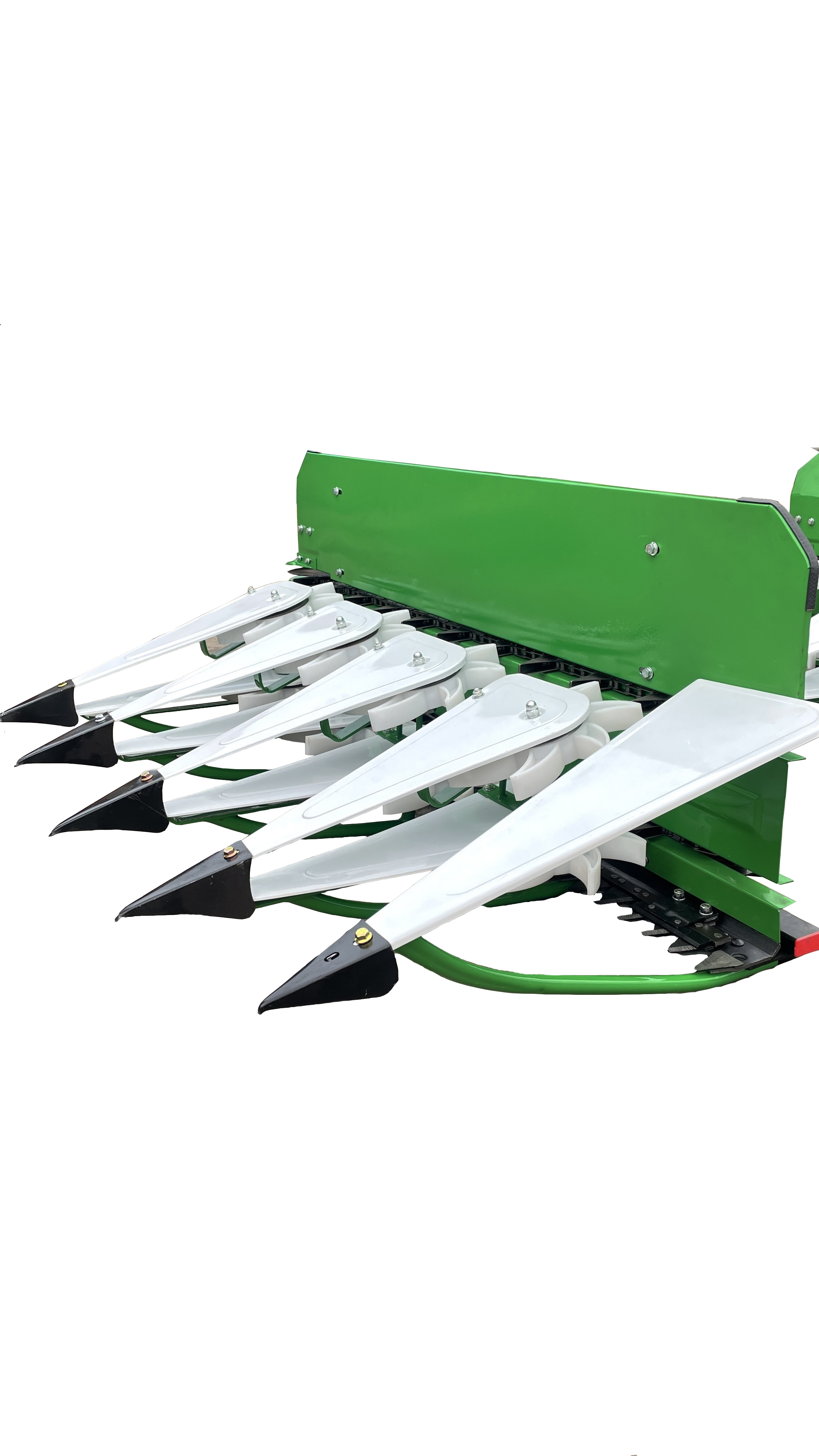Efficient Crop Harvesting Equipment for Modern Agricultural Practices and Enhanced Productivity
The Evolution and Importance of Crop Reaper-Binders in Agriculture
The agricultural sector has historically been at the forefront of innovation, adapting tools and machinery to enhance efficiency and productivity. Among the most transformative inventions in this domain are crop reaper-binders, devices that have significantly altered the way grains are harvested. By integrating the processes of cutting and binding crops into a single operation, these machines have played a crucial role in increasing agricultural output and reshaping farming practices.
Historical Background
The journey of the crop reaper-binder began in the mid-19th century. Early harvesters were labor-intensive and relied heavily on manual labor. The need for greater efficiency in grain harvesting was evident, especially as the demand for food grew with the expanding population. The invention of the reaper by Cyrus McCormick in 1831 marked a significant milestone, but for many years, farmers still faced the laborious task of binding the cut stalks into manageable bundles.
The innovation of the reaper-binder came as a natural progression. Inventors sought to automate the binding process, and by the 1880s, several models had emerged. These machines combined the reaping of crops and the binding of these cut stalks into bundles, streamlining the entire harvesting process. This innovation not only saved time but also reduced the amount of labor required, allowing farmers to redirect their efforts towards other essential agricultural activities.
How Crop Reaper-Binders Work
The crop reaper-binder operates through a relatively straightforward mechanism, though the machinery itself is sophisticated. As the machine moves through the fields, the reaper component cuts the crops at their base. The cut stalks are then conveyed into a section of the machine where they are tied together using twine or wire, forming neat bundles ready for collection.
Modern versions of the crop reaper-binder are equipped with advanced technology, enabling farmers to optimize their harvesting operations further. For example, some machines come with adjustable settings that allow operators to modify cutting heights or binding techniques, catering to different types of crops. Additionally, many contemporary models integrate GPS and precision farming technologies, allowing for data-driven agriculture that maximizes yield and minimizes waste.
crop reaper binder

Economic Impact
The economic implications of crop reaper-binders are profound. By increasing the efficiency of harvesting operations, these machines reduce the labor costs associated with gathering crops. Farmers can harvest larger areas in a shorter period, directly impacting their profitability. With the ability to cover more ground and handle more significant volumes of produce, farmers can respond to market demands more effectively, ensuring they have the necessary supply to meet consumer needs.
Moreover, the development of crop reaper-binders has facilitated the rise of larger scale farming operations. As equipment becomes more efficient, many farmers transition from traditional methods to mechanized farming, leading to economies of scale. This shift has transformed agricultural landscapes, enabling farmers to increase production without a corresponding rise in labor costs.
Environmental Considerations
While the advantages of crop reaper-binders are substantial, it is also essential to consider their environmental impact. The mechanization of agriculture, while improving efficiency, has led to concerns about soil health, biodiversity, and the over-reliance on fossil fuels. Consequently, modern agricultural practices increasingly focus on sustainability and eco-friendliness.
Recent innovations have aimed to mitigate these impacts. For instance, some reaper-binder designs are now more fuel-efficient, and technology has been developed to optimize the use of inputs, reducing the carbon footprint of farming operations. Furthermore, sustainable farming practices that emphasize crop rotation and organic farming are being integrated with mechanized harvesting to promote environmental health.
Conclusion
In summary, crop reaper-binders have revolutionized the agricultural landscape by improving efficiency, reducing labor costs, and enabling farmers to scale their operations. As we move towards an increasingly mechanized future, it is crucial to balance the benefits of agricultural innovation with a commitment to sustainability. By harnessing technology responsibly, the agricultural sector can continue to thrive, meeting the ever-growing food demands of a global population while preserving the environment for future generations. The journey of the crop reaper-binder exemplifies the interplay between tradition and innovation, showcasing how agriculture can evolve while remaining rooted in its fundamental purpose to feed the world.
Latest news
-
When to Upgrade Your Old Forage HarvesterNewsJun.05,2025
-
One Forage Harvester for All Your NeedsNewsJun.05,2025
-
Mastering the Grass Reaper MachineNewsJun.05,2025
-
How Small Farms Make Full Use of Wheat ReaperNewsJun.05,2025
-
Harvesting Wheat the Easy Way: Use a Mini Tractor ReaperNewsJun.05,2025
-
Growing Demand for the Mini Tractor Reaper in AsiaNewsJun.05,2025
